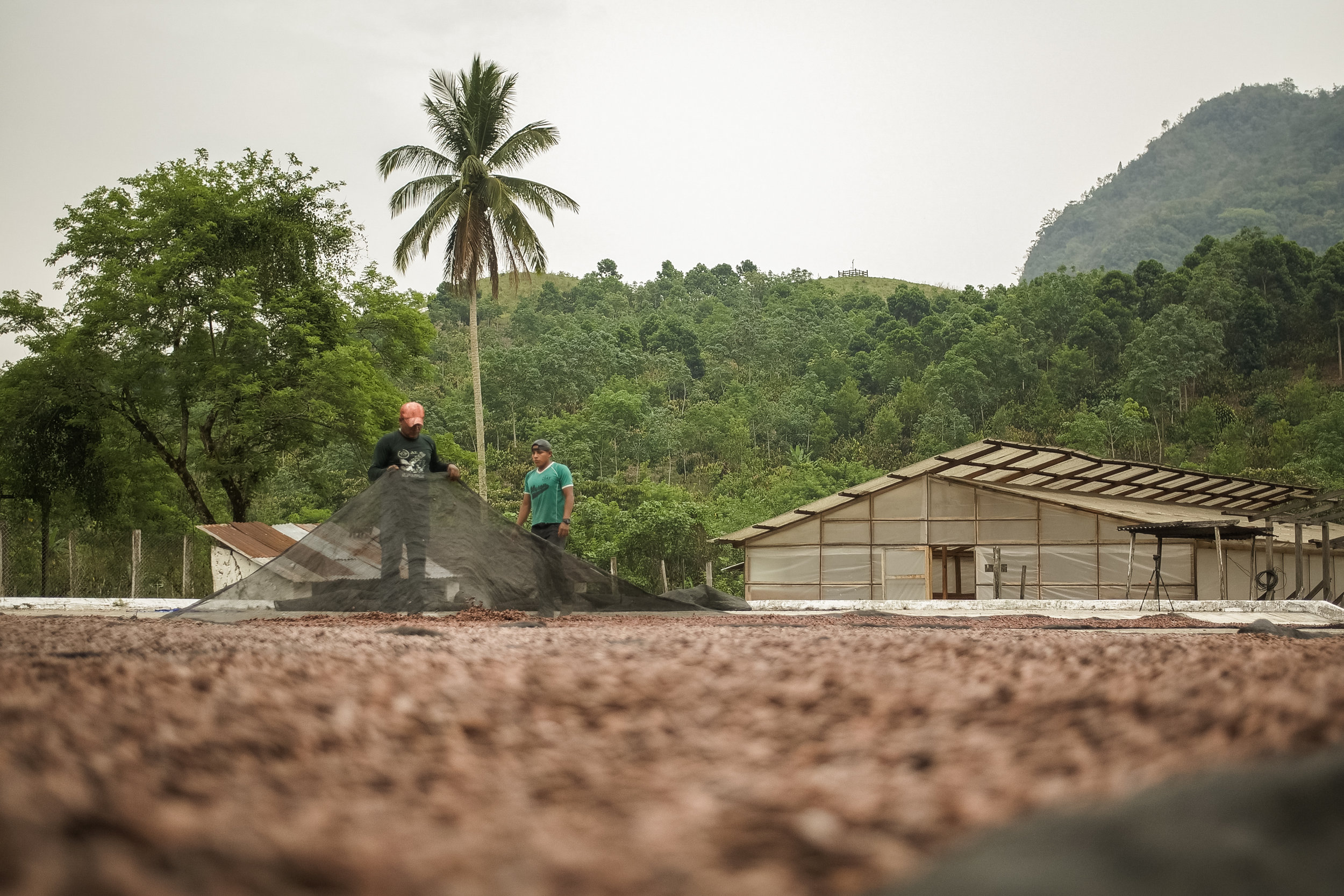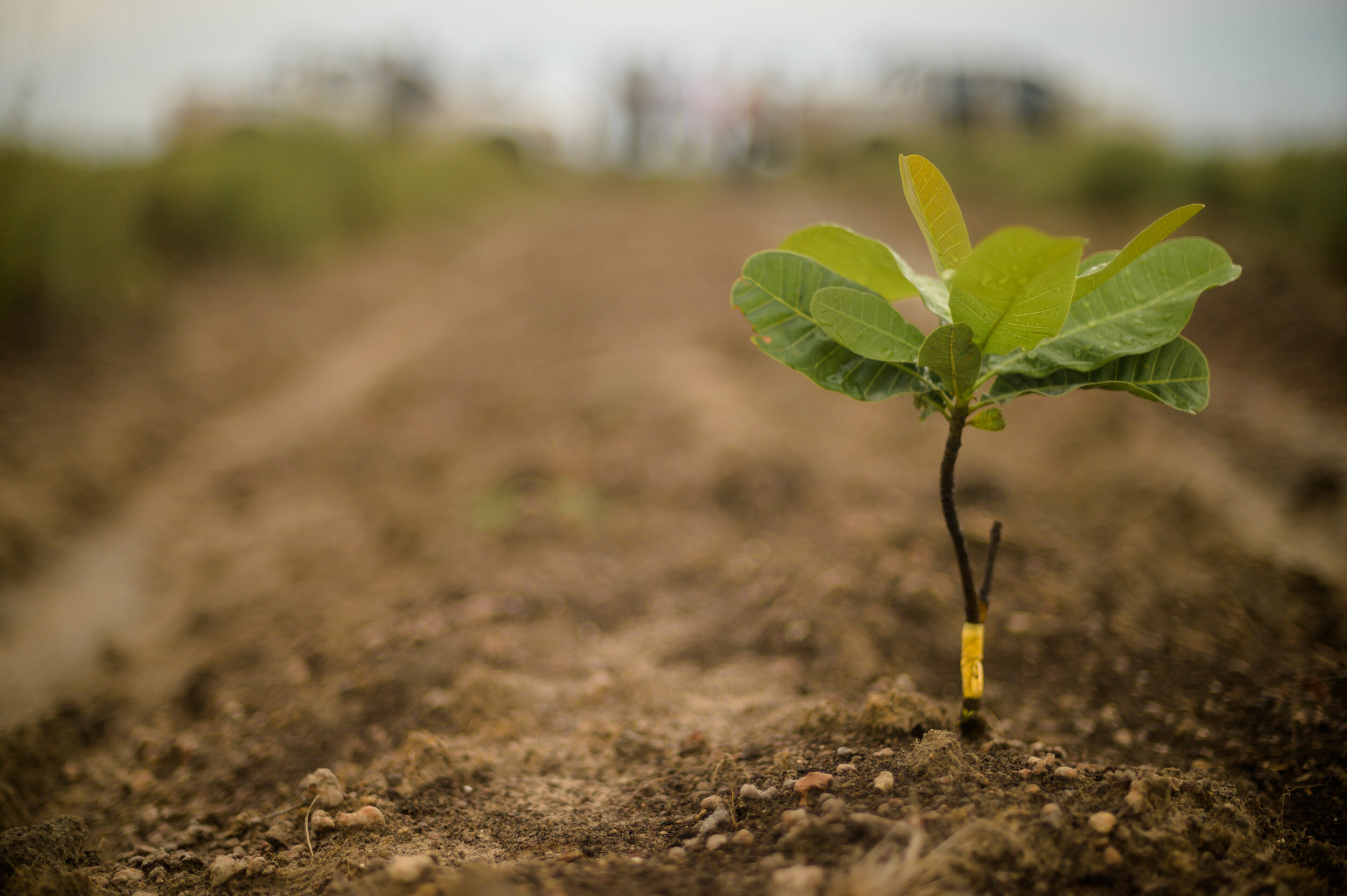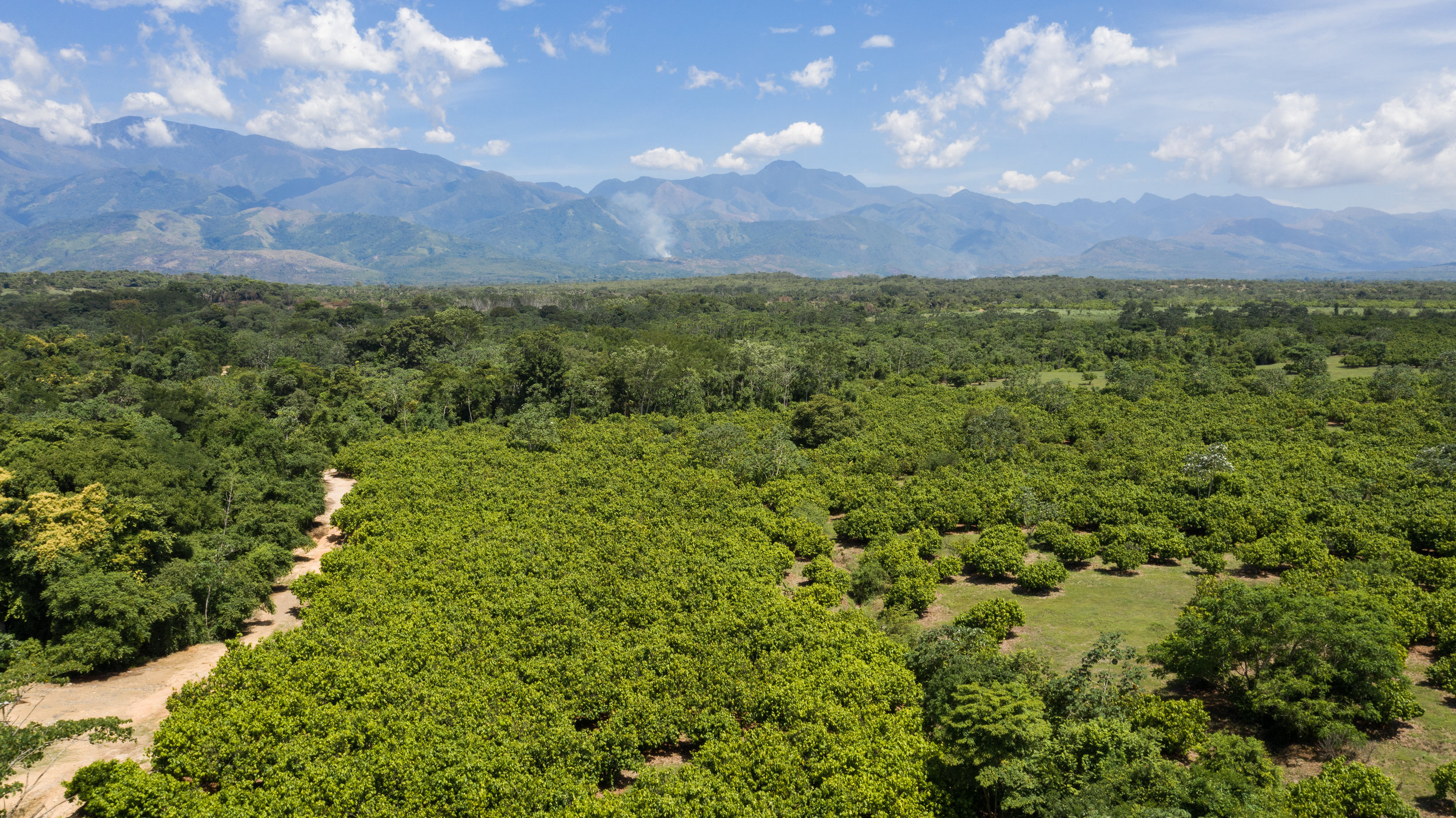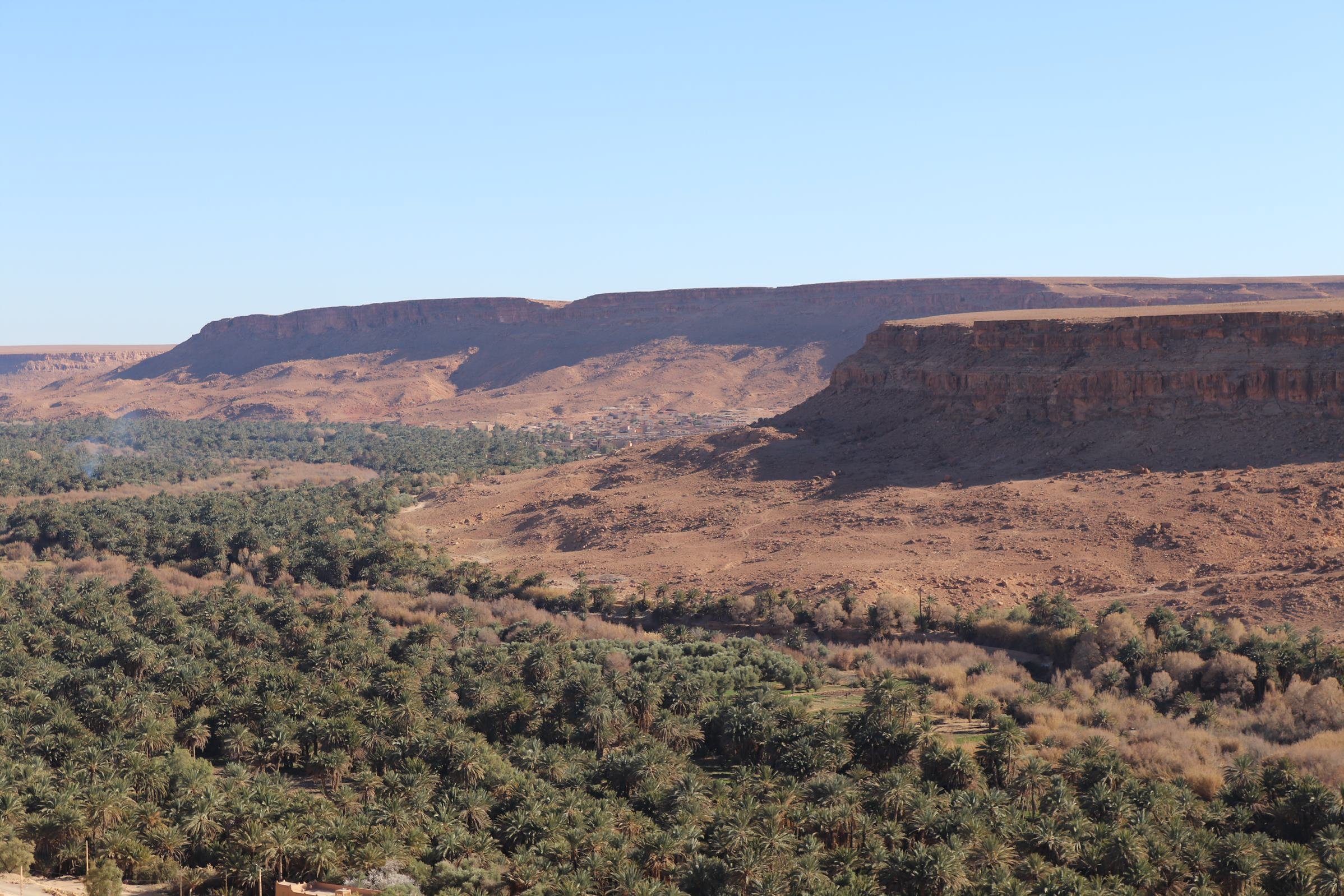12Tree is investing in what will be the largest Medjool plantation in the world. Situated at the border of the Draa Tafilalet and Oriental regions, eastern Morocco, 627 hectares of land are about to offer us the best variety of dates in the world: the authentic Medjool. 100% tissue cultured from Moroccan Medjool palm trees, this variety is commonly known as the queen of dates, which offer the best value in the market.
This unique plantation will be in line with international standards that a team of international experts has been able to set up after visits to the best Medjool plantations in California, Middle East and North Africa.
Divided into two independent and self-sufficient farms, and naturally fenced with more than 28,000 Casuarina and Acacia trees (both species adapted to semiarid regions) the 52,000 Medjool palm trees will be certified by a third-party laboratory as well as by the Moroccan health agency ONSSA.
In this dry region of the Northern Saharan steppe, crops can be dependably produced only with irrigation. Thus water management is of major importance in this project. Water will be electrically-pumped from 40 wells, which tap into two huge aquifers of 240,000 m3 that are strictly monitored and regulated by the Moroccan government, ensuring that withdrawal rates do not exceed natural supplies or recharge. Water will be pumped from 120 meters deep, in order to not interfere with nomad communities who exploit the shallow water tables adjacent to major stream channels which pass through the basin.
With state-of-the-art drip irrigation system we will be able to reduce the use of water by about 50%, compared with most conventional date plantations which use flood irrigation.
Data analytics, machine learning and other tools of performance will provide a greater efficiency and control over the operation in real time.
Production and post-harvesting processes will comply with environmental and social standards with the willingness of obtaining Global gap certification. Equipment and facilities will count with ISO certification.
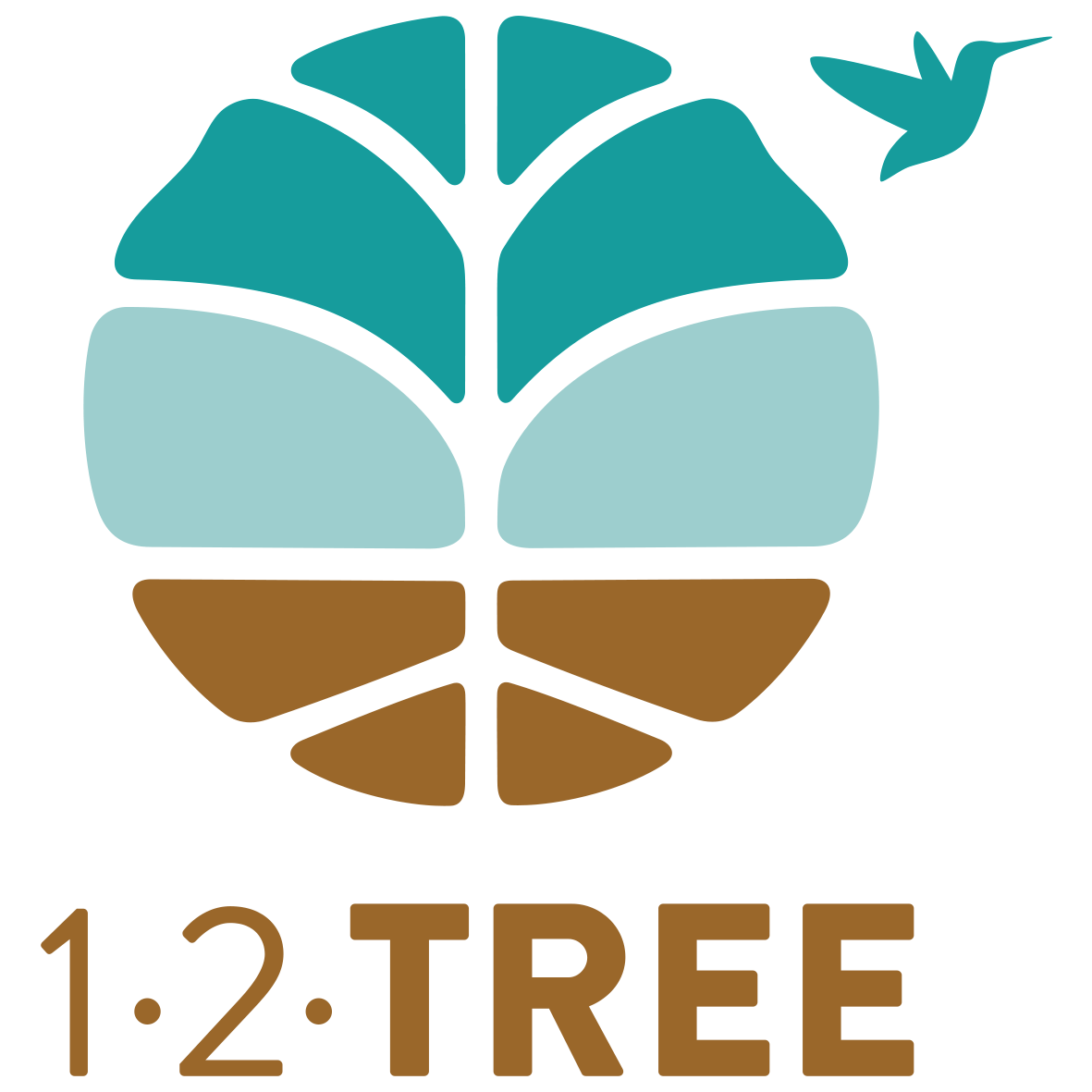










![image002[1].png](https://images.squarespace-cdn.com/content/v1/5c092f93f2e6b1fb40a64987/1564689205759-QKEHDBRXJ7UU29P07LL1/image002%5B1%5D.png)


![image004[1].png](https://images.squarespace-cdn.com/content/v1/5c092f93f2e6b1fb40a64987/1564689267303-8DWAPU6XKW998NNJIJWA/image004%5B1%5D.png)








